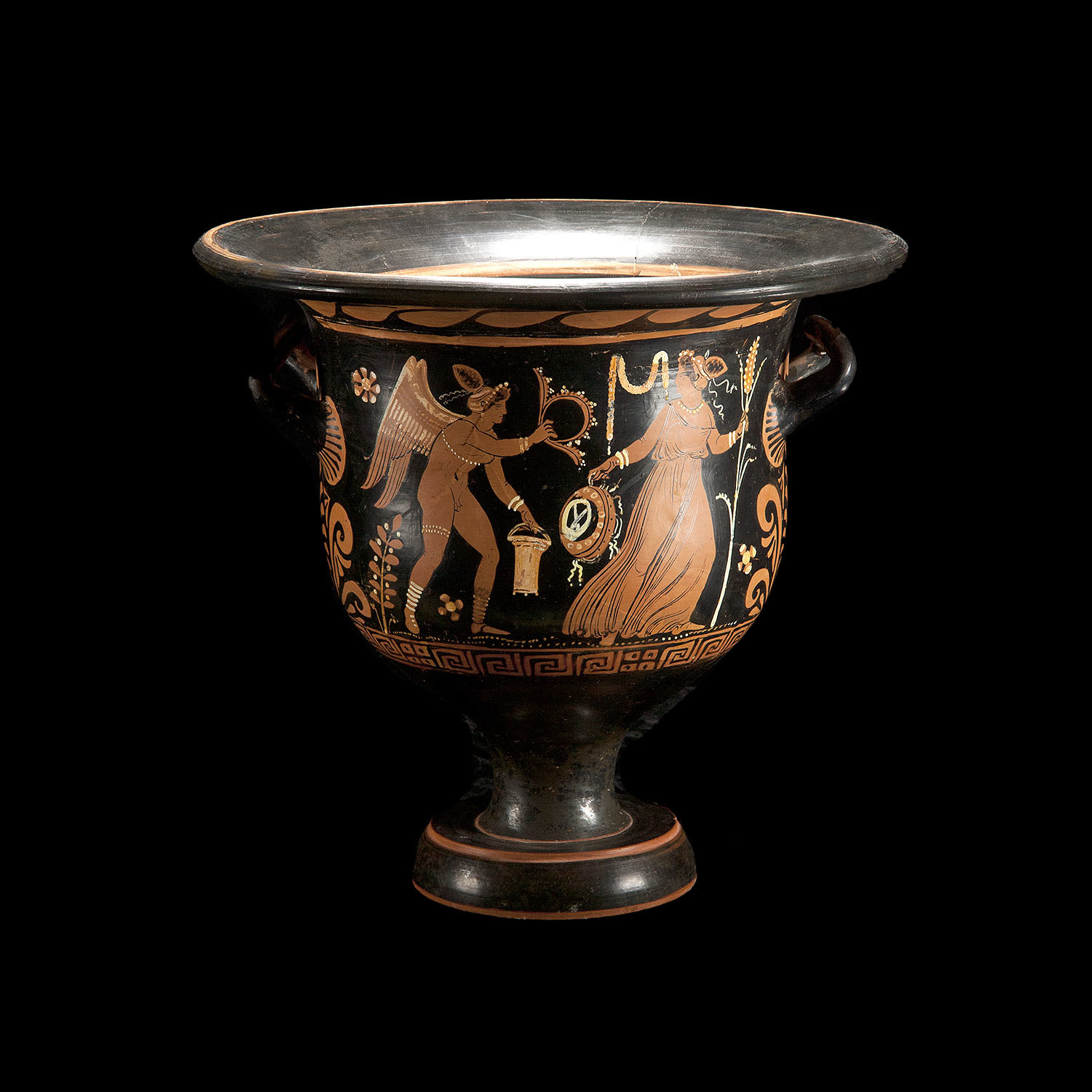Evidence that the “Days” of Genesis May Involve more than Six 24 hour days of Creation
Not only is it possible that there are time gaps in Genesis 1, but there is also evidence that the “days” of Genesis are not 6 successive 24 hour days, called the Day-Age View (see Hugh Ross,
Creation and Time and Don Stoner,
A New Look at an Old Earth). Consider the following:
(1) First, the word “day” (Hb. y
om) is not limited to a 24 hour day in the creation record. For instance, it is used of 12 hours of light or daytime (in Gen.1:4-5a).
(2) It is also used of a whole 24 hour day in Genesis 1:5b where it speaks day and night together as a “day.”
(3) Further, in Genesis 2:4 the word “day” is used of all six days of creation when it affirms: “These are the generations of the heavens and the earth when they were created in the day [
yom] that the LORD God made them” (Gen. 2:4).
(4) What is more, on the “seventh day” God “rested” from His work of creation. But according to Hebrews 4:4-11, God is still resting and we can enter into His Sabbath rest (v. 10). So, the seventh day of creation rest is still going on some 6000 plus years later (even by a Young Earth chronology).
(5) Further, there are biblical alternatives to the strongest argument for a 24 hour day. (a) For example, numbered series with the word “day” (as in Genesis 1) do not always refer to 24 hour days, as Hosea 6:1-2 shows. (b) Also, “evening and morning” sometimes refers to longer periods of time rather than 24 hours, as they do in the prophetic days of Daniel 8:14. (c) And the comparison with the work week in Exodus 20:11 need not be a minute-for-minute but a unit-for-unit comparison. Further, the seventh day is known to be longer than 24 hours (Heb. 4:4-11). So, why cannot the other days be longer too? (d) As for death before Adam, the Bible does not say that death of all life was a result of Adam’s sin. It only asserts that “death passed upon
all men” because of Adam’s sin (Rom. 5:12, emphasis added), not on all plants and animals, though the whole creation was subject to “bondage to corruption” (Rom. 8:21).
(6) Others like Hermon Ridderbos (
Is There a Conflict Between Genesis 1 and Natural Science?) took the “days” of Genesis as a Literary Framework for the great creative events of the past. Still others (Bernard Ramm,
The Christian View of Science and Scripture) considered the “days” of Genesis to be six 24 hour days of
revelation (wherein God revealed what he had done in the ancient past to the writer of Genesis) but not literal days of
creation.Again, the point here is not to defend these views but to point out that there are alternatives to a Young Earth View, most of which are not incompatible in principle with a belief in the inerrancy of Scripture.
(7) The Relative Time View claims the Earth is both young and old, depending on how it is measured. Gerard Schroeder, a Jewish physicists (in
Genesis and the Big Bang), argued that measured by God’s time when He created the universe it was only six literal days of creation. But measured by our time, the creation of the universe is billions of years old.
(8) The Apparent Age View proposes that the universe just looks old, even though it is young. The book by Philip Henry Gosse was titled
Omphalos(1857), meaning navel, proposing that Adam had a navel, even though he was created as an adult. Likewise, on this view the first tree would have had rings in them the day they were created.
If there is evidence for Gaps in Genesis and longer period of time involved in the six day of Genesis, then the Young Earth view fails to convincingly support its two pillars. At a minimum it leaves room for reasonable doubt. In view of this, one can ask why is it that many still cling to the Young Earth view with such tenacity? (Norman Geisler,
DOES BELIEVING IN INERRANCY REQUIRE ONE TO BELIEVE IN YOUNG EARTH CREATIONISM?)






